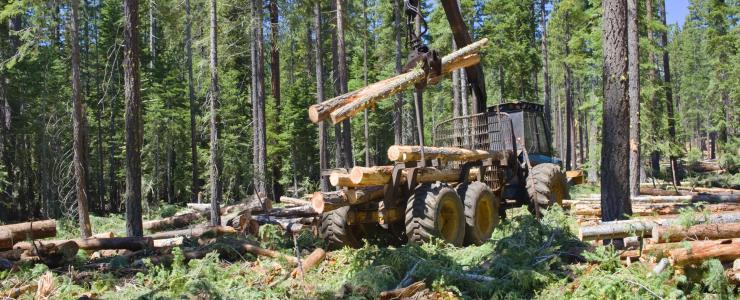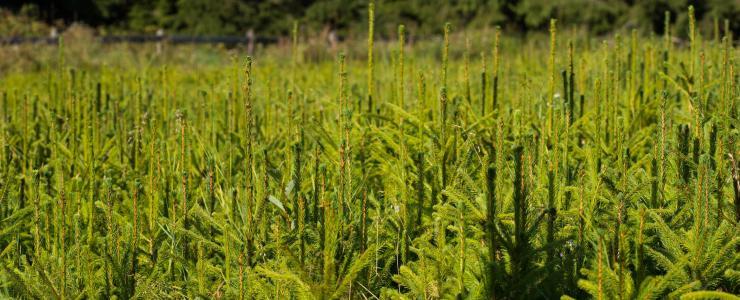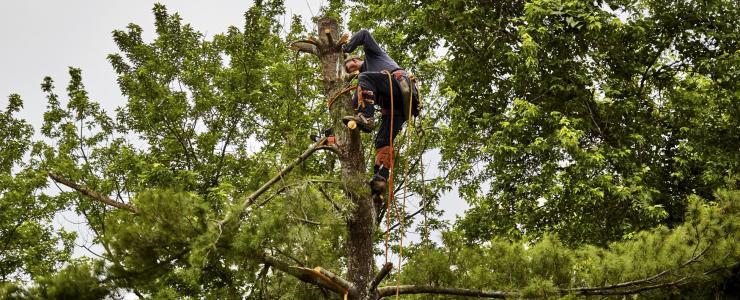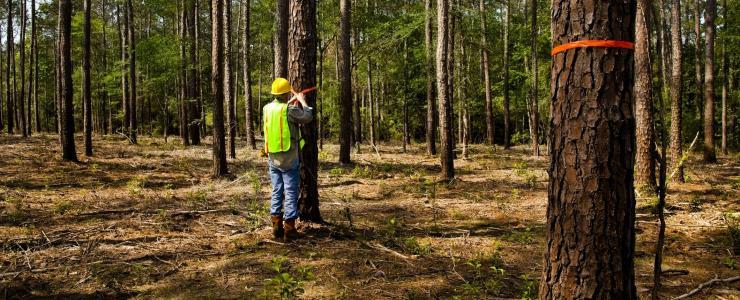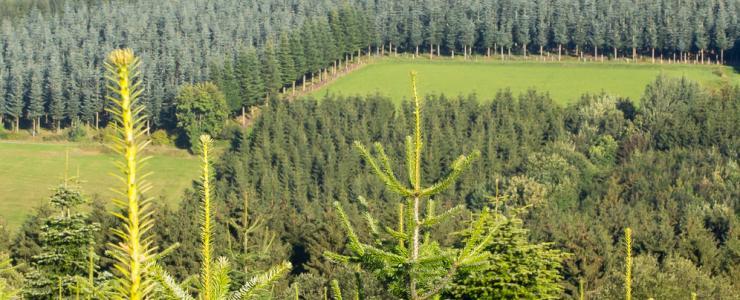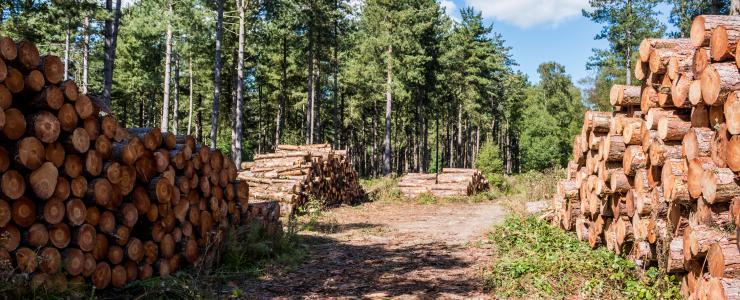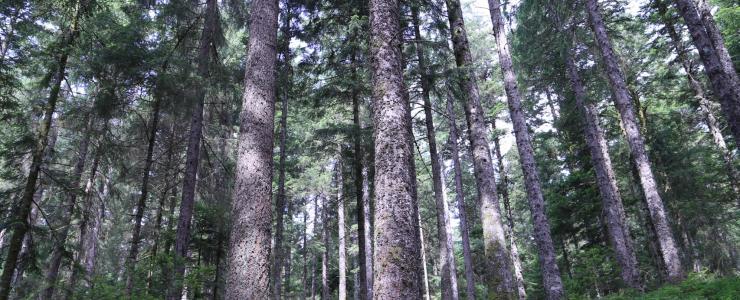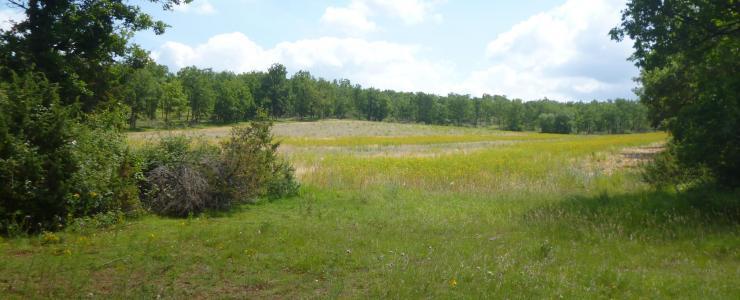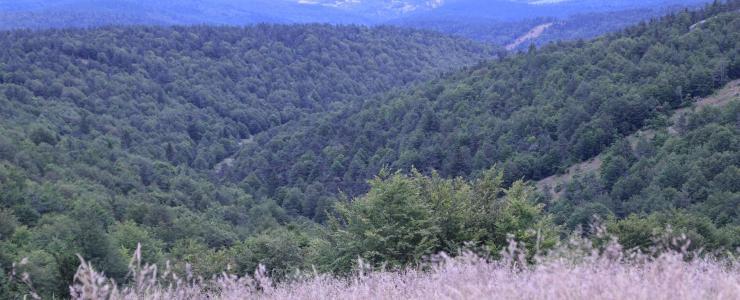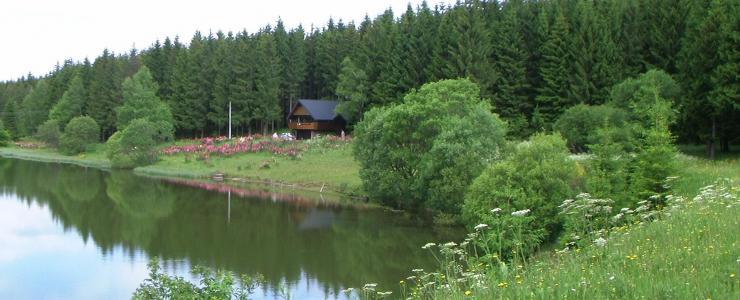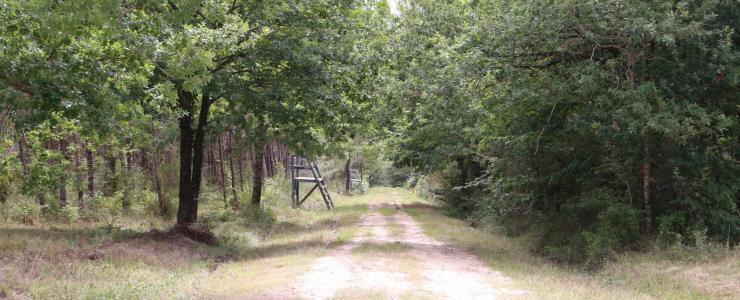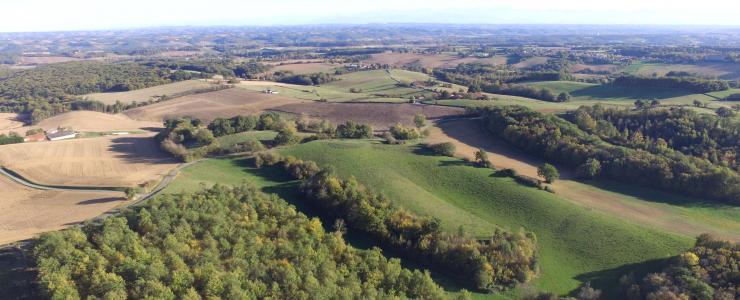How do you prepare for felling work in your forest?
Once you have decided how to sell your wood (see our article on wood sales from private forests), you will start to mark the trees to be felled and sold.
Marking is based on a number of stems and a ‘harvesting percentage’; this information is indicated in the ‘PSG’ forest management plan if there is one.
Once the marking completed, you need to calculate the volume of timber marked (scaling) to work out the sales price for the lot.
Logging provisions
The provisions are then defined for the felling operation, for example repairing tracks and access roads if necessary, operational timeframe, etc. The more provisions there are, the higher the cost of the felling operation, which will impact the final sales price.
Finally, as the owner, it is your job to contact potential buyers. They will put in an offer, according to the criteria defined and the timber for sale. You will get a better price if you have several competing buyers.
Wood sales are the logical outcome of dynamic forestry management. They generate value from the property, which satisfies a majority of forest owners since it enables them to finance further forestry and silvicultural operations.
The two parties involved in wood sales
The seller or their manager
The seller may be assisted by a professional forest manager when selling their wood. There are forestry cooperatives, independent manager associations, forestry consultants, AGEFOR or ONF auctions, or group sales organized by the cooperatives.
The manager will offer advice on tree marking, logging operations and the type of sale to choose.
They will set the sales price and send out details of the sale to buyers. The manager usually receives a commission of 8-10% of the sales price.
The buyer
The buyer may be one of a range of professionals involved in primary or secondary processing of wood, or a wood merchant.
Primary processing: sawmills, parquet manufacturers, paper or cardboard makers, fuelwood operators (forest residue, pallets).
Secondary processing: panel makers (plywood, melamine boards, edge-glued panels, laminates), planers, assemblers, joiners, coopers, carpenters, cabinet-makers, pallets, packaging, etc.
Wood merchants: private merchants or large groups that sell considerable volumes via international platforms.

